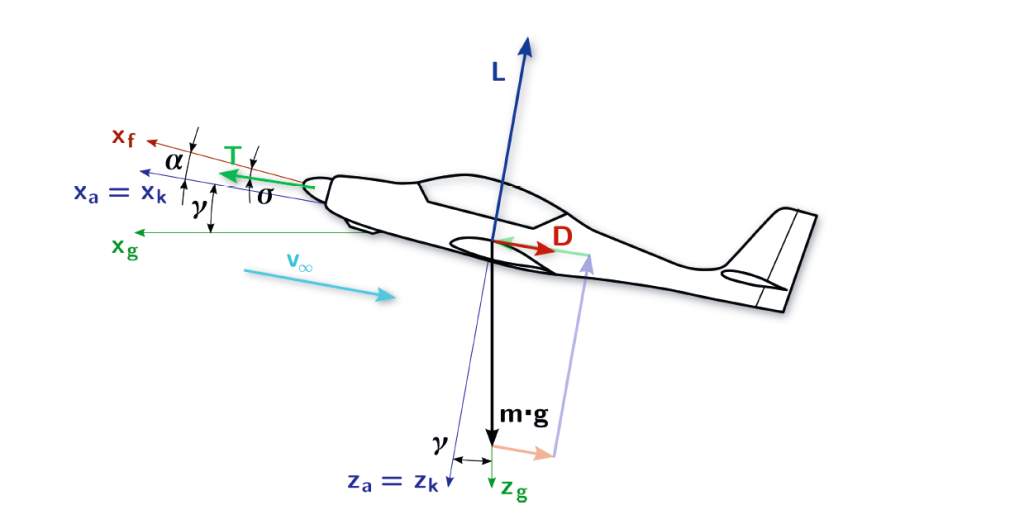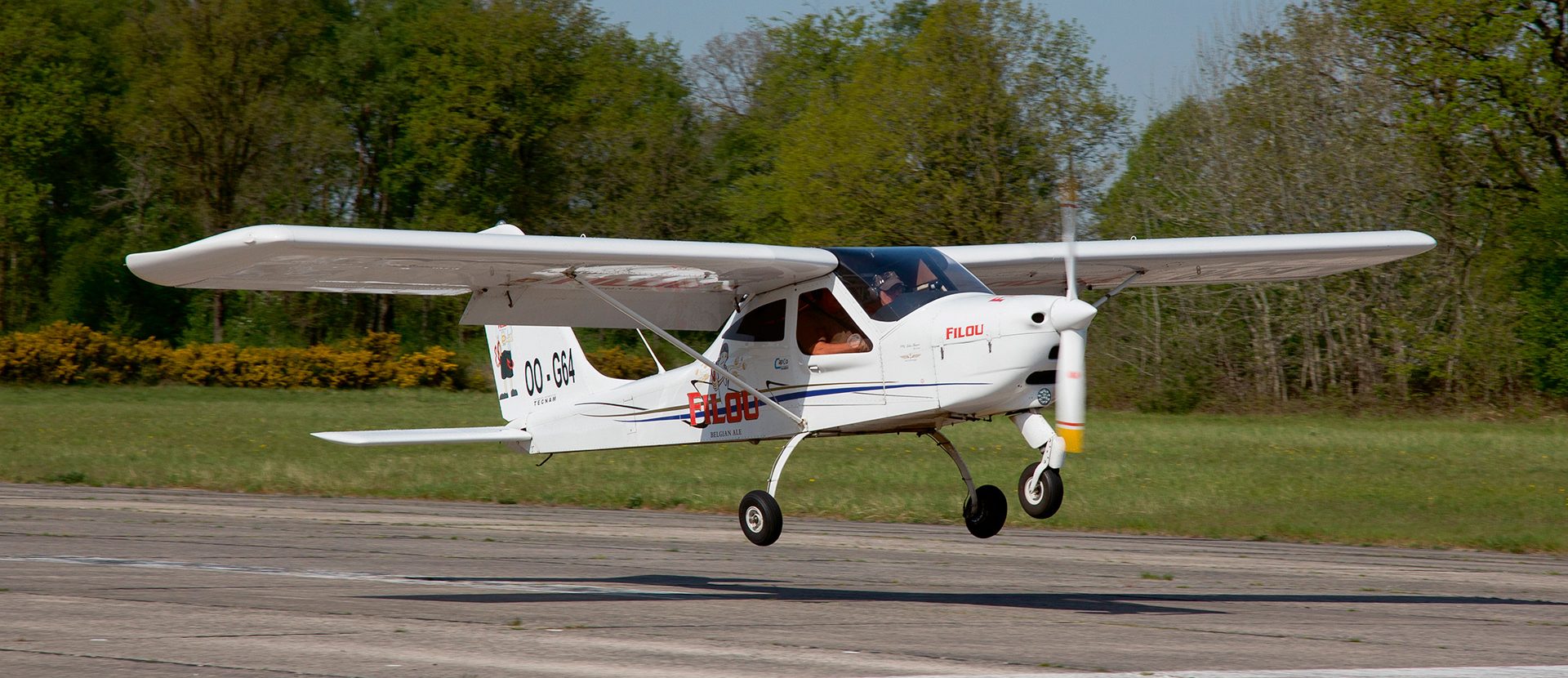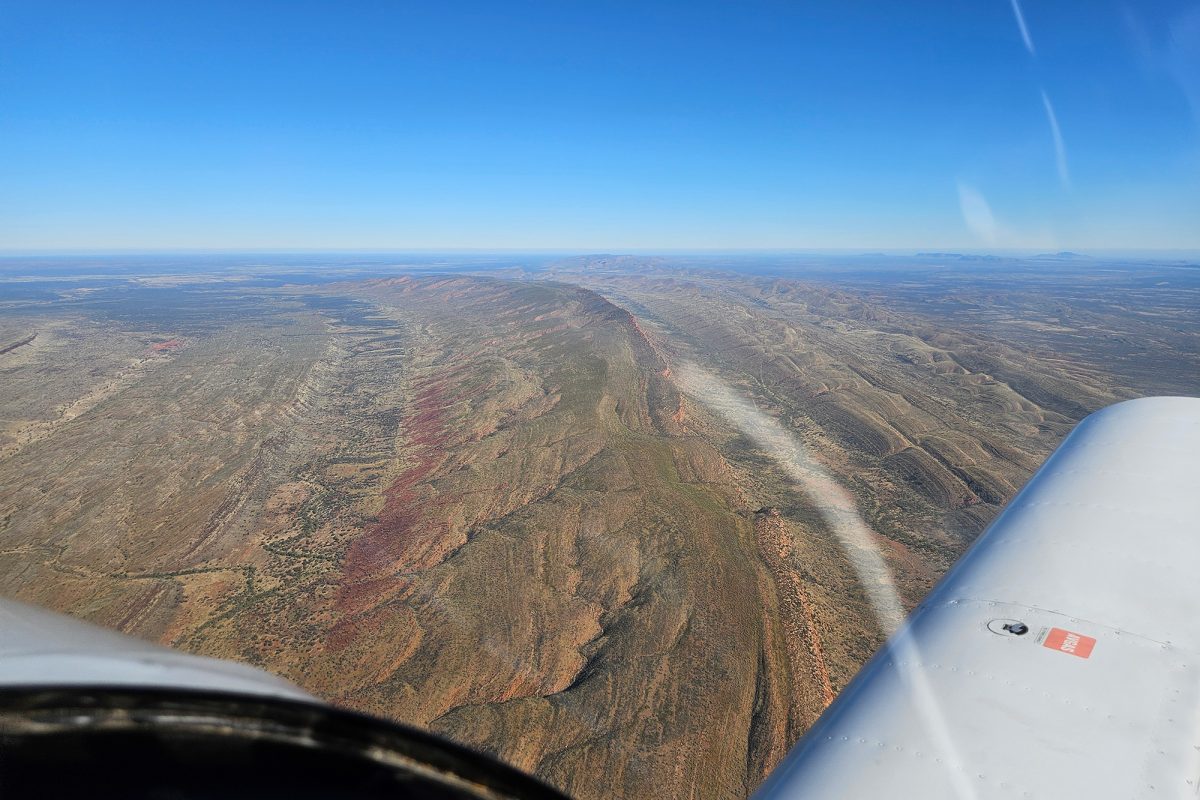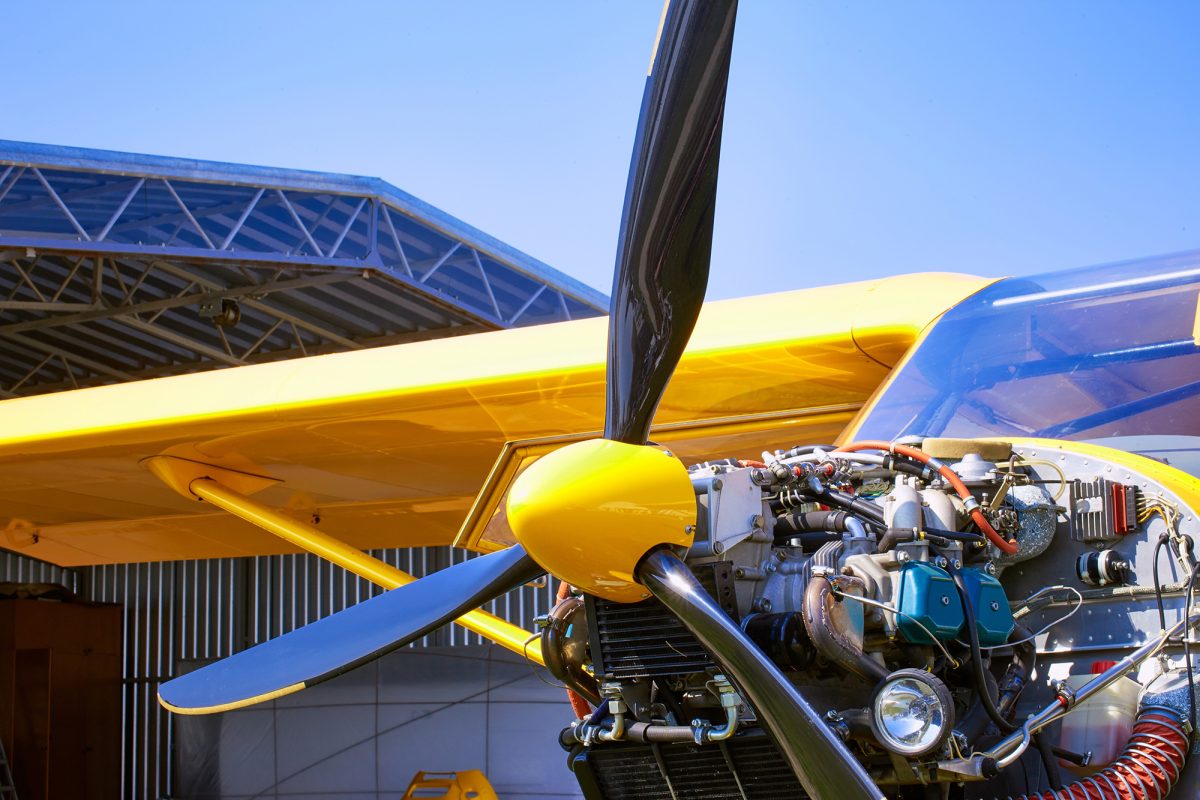WE ALL WANT TO KNOW HOW TO STICK THOSE CONSISTENT LANDINGS. NICHOLAS HEATH GETS SOME HELP WITH THE MATHS FROM HIS SON.
When a non-flyer asks me how hard landing is, I say to them “Imagine angle parking at 60 kilometres an hour and you can’t slow down until you’re in the park”. Ok, so it’s not a great analogy, but they understand what I’m saying in a way they can relate to. The funny thing is, a lot of landing is practice, not theory. But a deep understanding of what is going on in the landing phase gives us a better understanding of what we’re doing right and what we’re doing wrong.
Whether the landing will be hard or soft is decided long before the plane nears the ground. Having a better understanding of the physics of landing can assist the pilot in visualising the forces at play when flying and landing an aircraft.

VECTORS
A plane’s movement through space is multi-faceted. At any time, a plane may be moving in three directions at once; ascending upwards, propelling itself forward and maybe even a light crosswind causing a sideward drift. If you asked a physicist to express the above, they would tell you that a plane’s movement can be described as a vector.
A vector is a quantity which has direction as well as a magnitude. To illustrate this, imagine if you are walking north at a steady pace. The vector used to describe your movement would be north (direction) at 5km/h (magnitude). Vectors are generally drawn as arrows on graphs with three axes: x-axis (forward and backward), y-axis (left and right), z-axis (up and down). The length of the vector corresponds to its magnitude – velocity in the case of aircraft.
This single vector can be broken down into three constituent parts which correspond to each axis of 3D space. This means one 3D vector is made up of three 1D component vectors (see image above). Breaking up a 3D scenario into its 1D counterparts is exactly what enables a physicist to calculate where a stone is going to land before it is even thrown. In an aircraft, this means that we can think of each of the velocities, such as the sideward drift and the forward movement, as completely independent of one another.
Since we’re all now thinking like physicists, we can imagine a smooth aircraft landing analogously to a crane slowly lowering the aircraft to the ground. The slower the aircraft is lowered, the smoother the landing. The physicist in us would then say that “the smoothest landings are when we decrease the magnitude (speed) of the vertical component of the vector as much as possible”. Conversely, the pilot in us would say “that is far easier said than done”.
KINETIC ENERGY
Slowing the aircraft down effectively reduces the kinetic energy of the system. The kinetic energy of an object is the energy that it possesses due to its motion. You may have heard the expression that the energy of a moving body is equal to one half of its mass times its velocity squared (E = ½MV²). That is why a car’s stopping distance increases almost exponentially in proportion to its speed. For example, a car travelling 60km/h has a stopping distance of around 20m but a car travelling 80km/h has a stopping distance closer to 40m.
Drag on an aeroplane is the only means of taking energy out of the system to set up for a smooth landing. A plane with no drag will hypothetically glide forever. At constant cruising speed, the engine is producing exactly the right amount of kinetic energy required to offset the energy loss by drag at that specific speed. Pilots use flaps, angle of attack and reducing the throttle to decrease the total kinetic energy of the system.
THE GROUND EFFECT
Flaps aim to change the shape of the wing to make more lift at lower speeds. This means a lower stall speed and consequent landing speed. Less energy on arrival. At the same time, they produce drag. They also change the angle of attack, which can give you a better view of the runway. Engaged flaps force more of the incoming air below the wing creating a pocket of high-pressure air. Because the wing has a significantly higher pressure below the wing as it does above, this generates more lift. However, as you approach the ground, this high-pressure air acts as a cushion of trapped air which can lead to floating before landing – known as the cushion effect, a part of the ground effect.
It happens to the best of us. You begin your flare for landing, you wait for the wheels to touch down, still waiting, still waiting, now we have eaten up half of the runway. This is the ground effect. Or maybe you were still travelling a bit fast? The ground effect occurs when there is less than 1 wingspan between you and the ground and primarily involves the size of your wingtip vortices. The wingtip vortices are a circular pattern of rotating air left behind the wing generating lift. When you approach the ground, these vortices cannot get as big as they would at altitude. Because the vortices spin around the wing, they collide with the ground resulting in downwash. Downwash is the change in direction of air deflected by the plane’s wing. Obstructing wingtip vortices and interrupting the downwash causes a decrease in drag. Putting it all together as we approach the ground, we have more lift – cushion, smaller wingtip vortices, less downwash. The net effect of the above is it makes for continually changing physical conditions as you approach the ground – which can make landing slightly unpredictable.
TURNING ALL THIS INTO A GOOD LANDING
We talked about the three directions of travel – up/down, fast/slow, left right – that make up our composite vector of movement. As pilots we are trained to use a different mechanism for each of these. One of the least intuitive is the balance of speed and descent. Common sense would dictate that you control speed with the throttle and height with the elevator. The first lesson we all learn is that the reverse is true. Rate of descent is controlled on approach with the throttle. Airspeed is controlled by attitude via the elevator. Drift left or right is controlled by a crosswind technique – either a crab or a dipped wing or a combination of both. The fact that we humans are able to juggle all of that still amazes me. The same skillset that enables us to catch a thrown ball (an object moving in three dimensions subject to all the above forces) enable our homo sapiens brains to do this. The key to any landing is to have yourself in the right position and speed at each stage of the landing cycle. If you’re not at the right attitude, descent rate and position then it makes it very hard to ace the landing. Having said that, I’ve made some of my best landings from crappy approaches. But it wasn’t pretty.
Not every aircraft flies the same. When I transitioned from the Tecnam P92 to my Vans RV6A, I struggled most with the landing. The Tecnam flew like a smaller, lighter, Cessna – which was what I had trained on. You can really point a Tecnam and tell it where to go. Like a Cessna, they are a bit floaty and it is a question of holding it off just above the ground until the aircraft settles (hopefully) gracefully to the runway. The RV6 is not like that. First, you have to keep off the nosewheel unless you want a wicked shimmy. Secondly, if you hold off long enough it will drop like a rock and the suspension does not have that much give. The RV6 likes to be flown on. The point is, every aircraft is different and you need to be very familiar with it before you go flying. You need to know your numbers.
The first and best thing my father told me about landings was to look at the far end of the runway on flare. He was right. I do it and it helped me a lot. Like every pilot. I’m searching for the perfect circuit. Instruction and practice make for the best landings.







